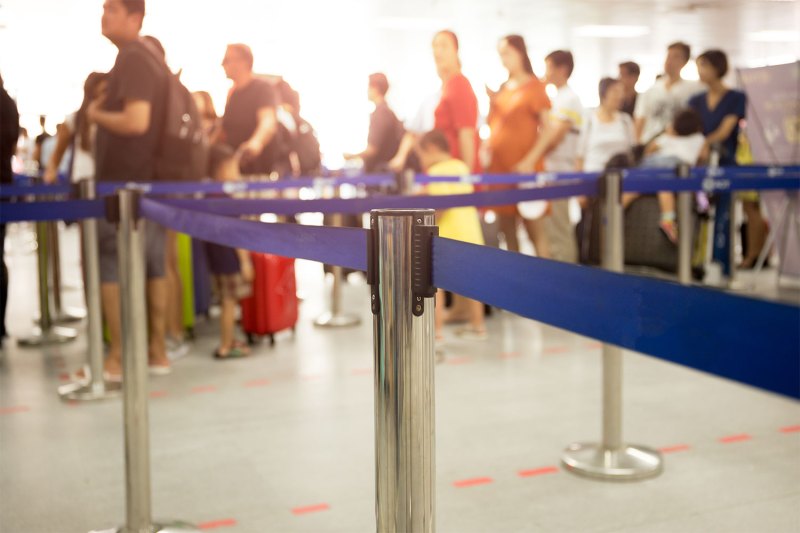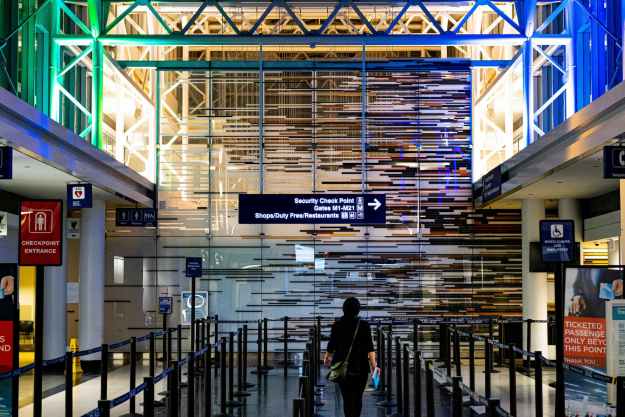
Air passengers are notorious for attempting to carry strange things through airport security. The TSA’s annual “contraband” haul is substantial enough that it had to start auctioning off its confiscated wares. Now, in addition to increased scrutiny over laptops, electronics, and carry-on liquids, it’s going after our beloved snack foods, too.
The Transportation Security Administration recently announced new guidelines for air travelers passing through airport security. Amid the COVID-19 pandemic, agents will no longer be handling small personal items, including boarding passes, wallets, passports, and the like. It’s also asking passengers to package their snack foods the same way as their liquids — in a separate, clear, zippered plastic bag.
Related Reading
In general, the TSA is applying this procedure to all foods. But, it’s mainly targeting the type of foods sold in aluminum bags (e.g., the best 90s snacks) that can trip up X-ray scanners. “It is the container or wrapper, not the food,” one frequent flyer told Matador Network. “I have been stopped a number of times in the precheck line due to the aluminum-coated wrappers on my ThinkThin protein bars. Since the X-ray machine cannot see through the metallic wrapper, it looks like contraband or, worse, explosives.”
According to a press release, the TSA confirms that “[f]ood items often trigger an alarm during the screening process; separating the food from the carry-on bag lessens the likelihood that a TSA officer will need to open the carry-on bag and remove the food items for a closer inspection.” In this time of increased social distancing across every aspect of our lives, this will, of course, limit the handling of passengers’ belonging and reduce the risk of cross-contamination between passengers.
The previous list of TSA guidelines is still in place for air travelers. It’s requiring passengers to hold on to their boarding passes, for example. It’s also asking — though not requiring — everyone to practice safe social distancing and to wear facial protection. Likewise, all TSA agents are donning masks, gloves, and even eye protection and face shields at some airports. They’re also changing gloves after every pat-down and disinfecting frequently touched surfaces. In general, it wants passengers to pack smart. Double-checking their carry-on allowances for liquids, gels, and aerosols helps limit unnecessary handling of luggage by security personnel.
The new rules began rolling out at the end of May, and are expected to be in place nationwide this month. With no end in sight to the current pandemic, they’re likely to become the “new normal” for air travelers for the foreseeable future.
Air travelers who’d rather sidestep all this hassle should sign-up for TSA Precheck. Approved passengers can leave everything, including the Bugles and Funyuns, in their carry-on baggage at security.
Editors' Recommendations
- Don’t pack these 9 TSA-prohibited items in your checked baggage
- Emirates Airlines Pilots Pre-Flight COVID-19 Blood Testing


